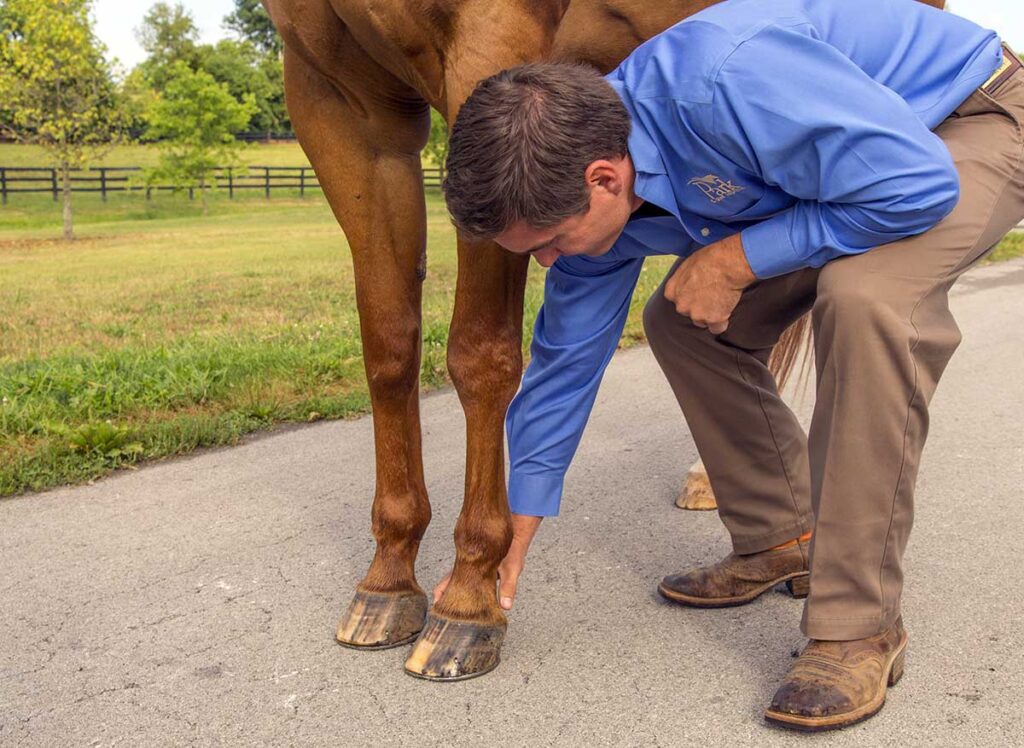
How to treat a swollen fetlock on a horse? Exclusive and Life-Changing Techniques
Share
When it comes to horse care, one of the most common concerns for health-conscious pet owners is understanding how to treat a swollen fetlock on a horse. This issue not only causes discomfort for the animal but can also lead to serious complications if not addressed promptly. Below, we'll explore effective ways to recognize, treat, and manage this condition effectively, ensuring the well-being of your equine friend.
A swollen fetlock can be symptomatic of various underlying health issues ranging from simple injuries to more complex orthopedic conditions. Identifying the cause is crucial. Let's delve into the essential steps for both diagnosis and treatment.

Understanding the Fetlock Joint
The fetlock joint is a critical structure in a horse's leg, acting almost like a human ankle. It consists of two bones and several tendons and ligaments. Swelling in this area often indicates inflammation that can arise from different sources.
Common Causes of Fetlock Swelling
Swelling in the fetlock joint can be caused by various factors including:
- Injuries: Sprains and strains from overexertion or improper footwear.
- Infections: Bacterial infections that necessitate immediate treatment.
- Arthritis: Chronic inflammation that impacts older horses.
- Bone Fractures: Severe cases that may need surgical intervention.
Recognizing Swollen Fetlocks
Detecting swelling early is essential. Pet owners should look for signs such as:
- A visible increase in size around the fetlock.
- Heat emanating from the area.
- Pain upon palpation.
- Changes in movement or reluctance to exercise.
Diagnosis Steps
Diagnosing the cause of the swelling can involve:
- Veterinary Examination: A professional assessment is vital.
- X-Rays: Imaging tests may be needed to check for bone injuries.
- Blood Tests: To identify systemic infections or inflammatory markers.
Treatment Options for Swollen Fetlocks
Once diagnosed, effective treatment can proceed. Here are several options:
- Rest: Allow the horse time to heal.
- Cold Therapy: Applying ice packs for 15-20 minutes to reduce swelling.
- Medication: Over-the-counter anti-inflammatory drugs can be helpful.
- Compression Bandaging: Helps in reducing swelling.
When to Seek Veterinary Help
If the swelling is accompanied by severe pain, fever, or shows no improvement after home treatments, it is crucial to consult a veterinarian.
Preventive Measures
Caring for a horse involves preventing injuries where possible. Follow these guidelines:
- Regular Exercise: Builds strength and flexibility.
- Proper Nutrition: Supports bone and joint health.
- Regular Vet Check-Ups: Early detection of potential issues.
Additional Resources
For further reading on equine care, check out:

FAQ Section
What are the signs of fetlock swelling?
The signs include visible swelling, heat in the area, pain, or reluctance in movement.
How long does it take for a swollen fetlock to heal?
Healing can take anywhere from a few days to several weeks depending on the severity of the condition.
Can I treat a swollen fetlock at home?
Yes, initial treatments such as rest, cold therapy, and over-the-counter medications can be administered at home, but veterinary consultation is recommended for persistent cases.
As an Amazon Associate, I earn from qualifying purchases.
